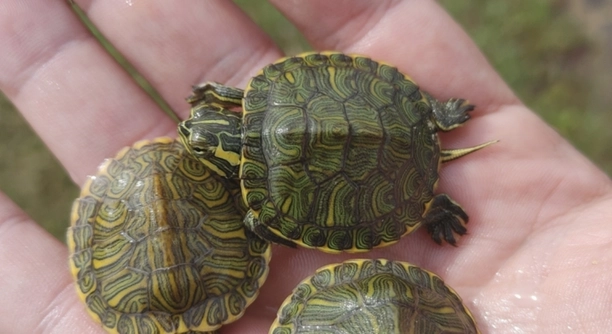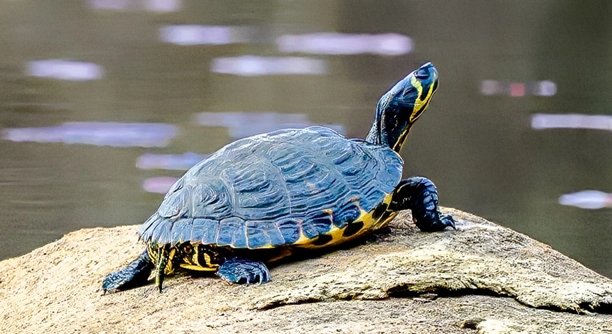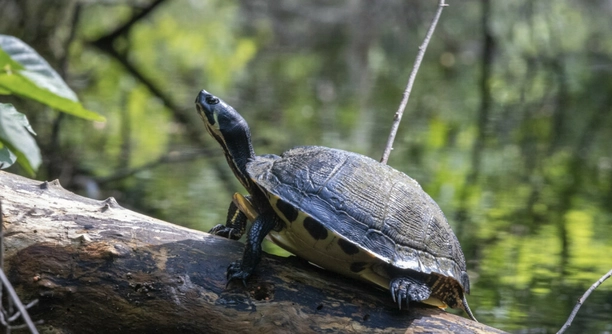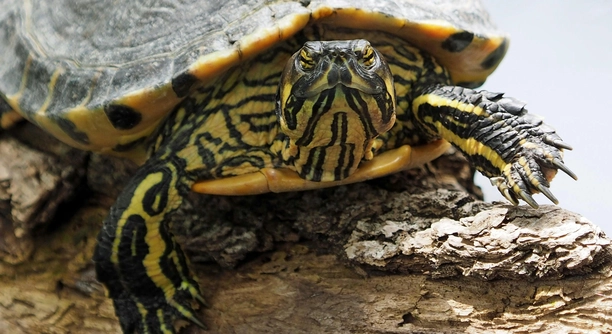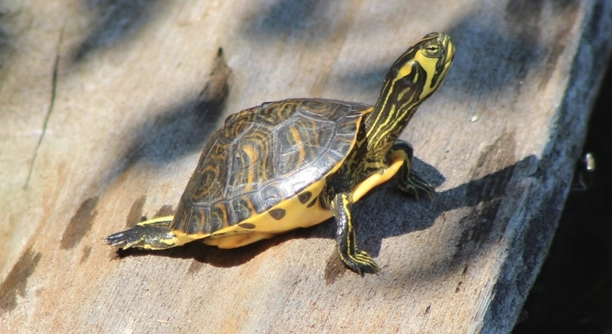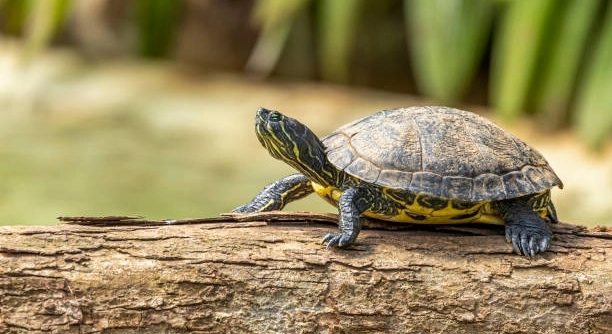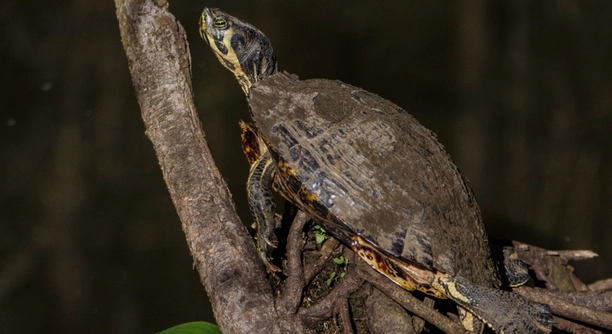7 Ways to Reduce Yellow-Bellied Slider Tank Aggression
Aggression in yellow-bellied sliders is a common issue that many turtle owners face. If your tank seems a bit more chaotic than peaceful, you may need to adjust some factors that influence their behavior. To reduce aggression in yellow-bellied sliders, provide ample space, separate territories, and offer hiding spots. Also, regulate water temperature and maintain … Read more

